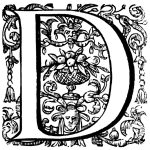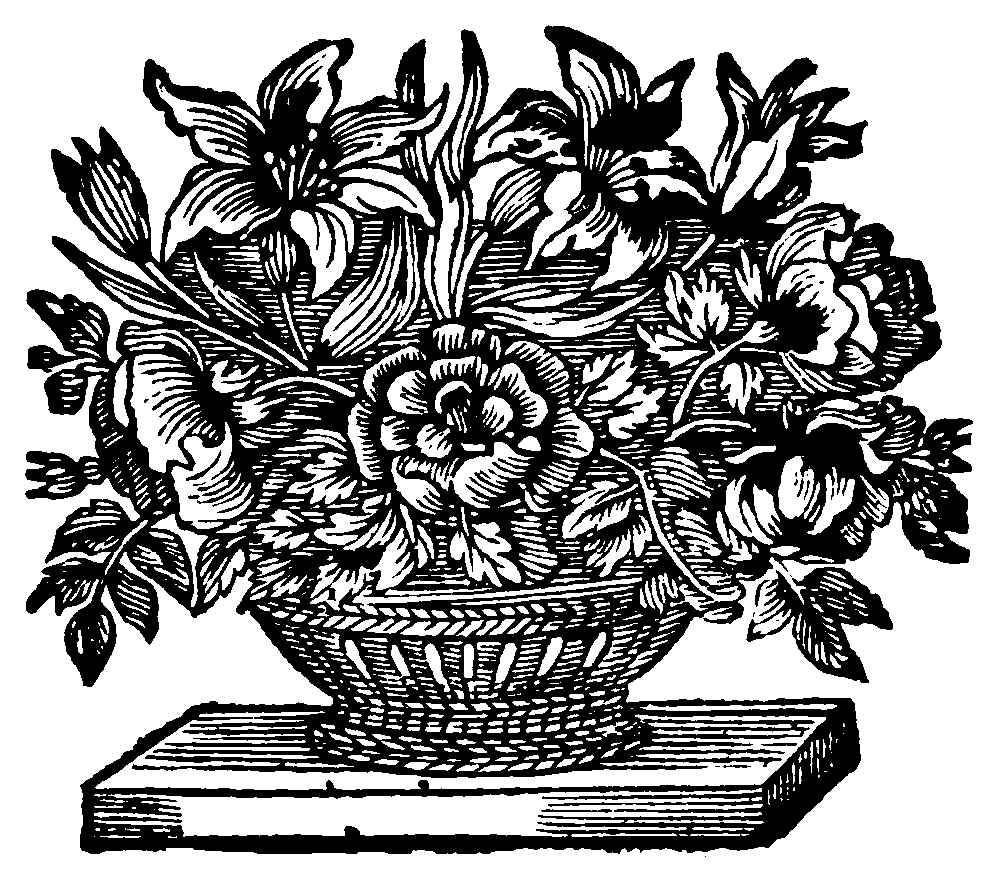After our recent (May/June 2024) organizational realignment, I am currently Cataloging and Metadata Librarian in the newly formed Cataloging and Metadata Services Department. My professional goal is to facilitate making chiefly print resources accessible/discoverable through manual processes (i.e. “piece in hand”) by cataloging print materials for the LSP and discovery layer. I am also very involved with remediation efforts to clean up our data/metadata. One of the fun things I’ve done recently as a cataloger, is submit my own authority file to the Library of Congress, for my publications. Name authorities are an important part of bibliographic control, so it was nice to be able to have my own input for something relevant like that.
My scholarly interests have included the relatively contemporary “Boyer model” of scholarship, and its interpretive disconnect with the scholarship of teaching and learning (SoTL). I have also been engaged in scholarship focused on most of my professional areas of work, topics have included: cataloging, metadata, web design, user experience, information practices, information overload, information literacy and instructional efficacy, and most recently, electronic resources. I am also very plugged-into book art and book history topics, like botanical illustration, marbleizing paper, typography (especially headpieces, initials, and tailpieces) and early Venetian printing–especially during the incunabula period.
I’m also riveted by the notion of archetypes, especially as they find expression in the historical conception of humours and temperaments–one of the principal Western proto-scientific psychosomatic theories; wind-heads, the anthropomorphized compass points characterizing wind-driven weather patterns in a region; and, recurring symbols/characters in games–from card games and board games to lotteries, and of course, I would be remiss if I didn’t mention European folklore, folk tales, and fairy tales–especially Italian, French, and German.
Also, if you’ve been to my office, you know that I collect stuff. The most obvious is Italian maiolica (majolica, maioliche). Many of my pieces represent the evolution of the modern Raffaellesco pattern, beginning with its more abstract baroque form of grotesques, through its ornamentally baroque formulation, and now, to its reductive contemporary anthropomorphic manifestation. I collect other patterns as well: gallo (red, green, and blue) and arabesco (polychrome, blue, and red) and certain “one off” pieces with patterns, like garofano azzurro, that have caught my eye especially from well-known houses in Deruta, Faenza, Pesaro, and Castelli.
Finally, I also like coffee.
The best way to get in touch with me is via email, but I have been on campus since July 1, 2021, and beginning May 5, 2023 I am in a new office on the “inaccessible” fourth floor :

Doug Wayman
417 Hesburgh Library
University of Notre Dame
Notre Dame, IN 46556
dwayman2@nd.edu
(574) 631-3818
https://orcid.org/0000-0002-9728-1173

- Blue Sky Social – My current, somewhat active social media account. With all the recent shake-ups and radical changes, this is the one that I bother with–when I choose to bother at all.
- Twitter [X] – Previously my only active social media account. Like many, I began with Facebook, but after a very short time, I made the switch to Twitter, and never looked back…but then came changes there more recently, which pushed me to one of the refugee sites (see above).
- LinkedIn – Every once in a while, I favorite something here, but otherwise it is just another 90% dormant social media account.
- LibraryThing – What does a personal library say about the person who curates it? Quite a lot, I’d argue–and it turns out, so would Umberto Eco in How to Justify a Personal Library, from the collection of essays “How to Travel with a Salmon,” and you may view the bibliographical info for my collection there.
Even though I have not historically sought formal venues for my intellectual property, I do have a high regard for scholarship…. In fact, I encourage faculty librarians to engage in scholarly activities and one of the best examples I know of is the professional development summer seminars and institutes put on by the NEH for higher education faculty. See my article in the ACRL publication C&RL News (February 2023).
By the way, my use of the handle “Pentweazle” for social media is pure whimsy. It was one of the noms de plume of the English poet Christopher Smart or “Kit” Smart, author of Jubilate Agno, which contains a notable section devoted to his cat Jeoffry:
For I will consider my Cat Jeoffry.
…. (see more at the Poetry Foundation)
For he is the servant of the Living God duly and daily serving him.
For at the first glance of the glory of God in the East he worships in his way.
For this is done by wreathing his body seven times round with elegant quickness.
For then he leaps up to catch the musk, which is the blessing of God upon his prayer.
For he rolls upon prank to work it in.
For having done duty and received blessing he begins to consider himself.
Cats have been a source of pleasure throughout my life, so adopting the pen name of an 18th century poet who thought enough of his cat to write a lengthy section, in an even lengthier poem with a religious theme, was a natural fit….
